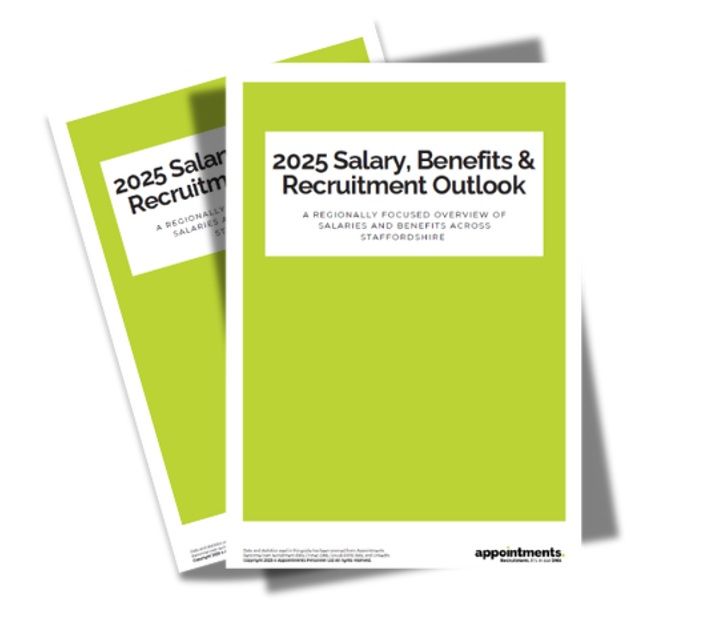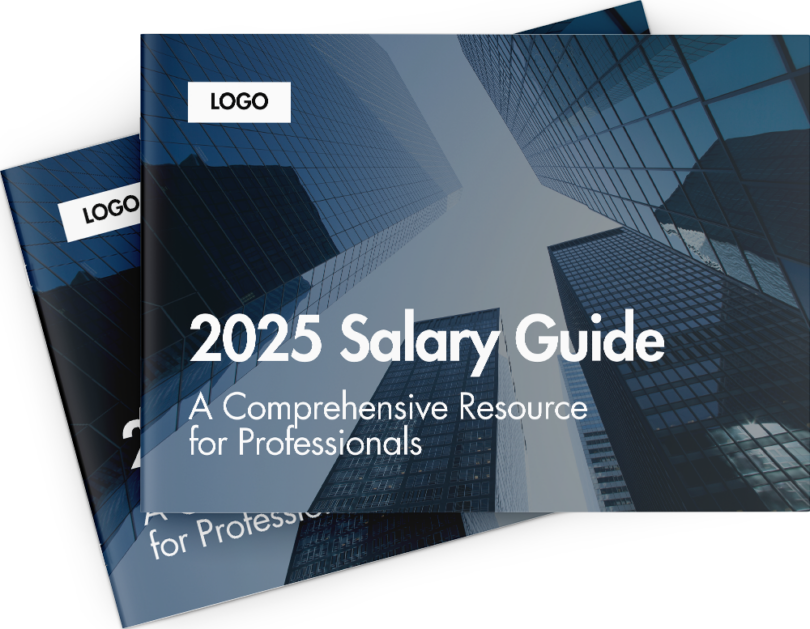
Share Article
What You Need To Know To Land Your Dream Job
As the leaves turn and the kids head back to school, it’s a perfect time to refresh your job search strategy. Whether you're diving into a new career, looking for a change, or just re-evaluating your goals, this blog will help you navigate each step of the journey – from clarifying your job goals to accepting the perfect offer.
Let’s dive into four key steps: job searching, crafting your CV, nailing interviews, and accepting offers.
Maximising Your Job Search
Job hunting can feel like a full-time job, but with a clear strategy, you can streamline the process and land the role you’ve been dreaming of.
1. Clarify Your Career Goals
Before you even begin, take a moment to reflect on what type of role suits your skills and aspirations. Ask yourself:
- What are my career goals?
- Am I looking for flexibility (like remote or hybrid work)?
- What salary range works for me?
By clarifying your personal and professional needs, you’ll save time by focusing only on roles that fit your ideal job and lifestyle.
2. Evaluate the Companies
Not every company is the same, and your dream role should be in a company that aligns with your values. Do you thrive in large corporate environments with room for growth, or are you more comfortable in a small, close-knit team? Take time to research the industries and types of organisations that interest you.
3. Polish Your Online Profiles
Your online presence matters more than you think. Before applying for jobs, polish your professional profiles on LinkedIn and other relevant platforms. Highlight key skills that align with your career goals and remove anything unprofessional or outdated. Recruiters are watching, and first impressions count!
4. Partner with Experts
You don’t have to go it alone. At Appointments, our experienced recruiters offer market insights, career advice, and access to exclusive opportunities. Working with a recruiter allows you to get the inside scoop on jobs that aren’t posted publicly, while also receiving personalised support through your job search.
Crafting the Perfect CV
Once you’ve clarified what kind of role and company are right for you, it’s time to turn your attention to your CV. Think of your CV as a marketing tool – its sole purpose is to grab the attention of potential employers and land you an interview.
1. Make It Clear
Your CV should be clear, concise, and easy to navigate. Use a consistent layout with clear headings, bullet points, and a professional font. Make sure your contact details are accurate and up to date. A well-structured CV can make a big difference in catching the recruiter’s eye, so avoid overcrowding and distractions.
2. Promote Yourself
Start with a strong personal statement. This is your chance to sell yourself. Think of it as an elevator pitch – it should highlight your skills, experience, and career goals, tailored to each specific role. Make it short, engaging, and direct. A great personal statement can instantly hook a recruiter into reading more.
3. Be Concise
When detailing your work experience, list it in reverse chronological order. Focus on your key responsibilities and major accomplishments in each role, but keep descriptions brief and relevant. Highlight your career progression and avoid clutter. The easier your CV is to scan, the more likely it is to be noticed.
4. Show Success
Wrap up your CV with extra information that makes you stand out, like any awards, professional memberships, or certifications. This not only highlights your qualifications but shows you’re detail-oriented and take pride in your accomplishments.
Excelling in Your Interview
Securing an interview is a big win, but now it’s time to shine. Your goal is to showcase why you’re the best fit for the role while demonstrating your enthusiasm for the opportunity.
1. Prepare Like a Pro
Research, research, research! Understand the company’s mission, values, and industry position. This knowledge not only helps you answer questions more thoughtfully but shows your genuine interest in the role. The more you know about the company, the better you can tailor your responses.
2. Practice Your Answers
Don’t wait until the interview to figure out what you’re going to say. Prepare answers to common questions like "Tell me about yourself" and "Why do you want this job?" Rehearse your answers out loud – practice makes perfect. If possible, do a mock interview with a friend or mentor to build confidence.
3. Present Yourself Professionally
During the interview, communicate clearly, confidently, and enthusiastically. Highlight how your skills align with the job requirements, and don’t shy away from discussing your achievements. Your attitude, along with your ability to effectively present yourself, will leave a lasting impression.
4. Plan Ahead
Make sure you’re ready for interview day. Dress appropriately for the role, plan your travel route to avoid being late, and bring a notebook to jot down key points. Preparing in advance shows you’re organised and serious about the opportunity.
Accepting the Right Job Offer
After all the hard work of job searching, tailoring your CV, and excelling in your interview, you’ve finally received a job offer – congratulations! But before you jump in, it’s important to make sure this is the right opportunity for you.
1. Read the Offer Carefully
A formal job offer typically comes with a lot of information, so take the time to read it thoroughly. Look for details like pension arrangements, holiday entitlement, and work location. Make sure you’re aware of the start date, and check for any conditions like probationary periods or background checks.
2. Consider the Terms
It’s easy to get excited, but don’t forget to assess the full package. Is the salary in line with your expectations? Do the benefits, work environment, and location work for your needs? If you have questions or concerns, don’t hesitate to seek clarification before accepting.
3. Accepting the Offer
Once you’re happy with the terms, it’s time to accept! Typically, you’ll need to respond within 24 hours with a formal acceptance. Write a polite and enthusiastic letter confirming your excitement about joining the company and acknowledge the offer terms. If there’s no formal contract, ask for one to make sure everything is documented.
4. Prepare to Resign Professionally
Once you’ve accepted the new role, you’ll need to resign from your current position. Be professional and respectful when submitting your resignation, and ensure you work through your notice period smoothly. Tying up any loose ends before leaving will set the tone for a positive departure and start to your new role.
Job searching can be overwhelming, but with a focused approach, you can navigate the process and find the right role for you.
From crafting a standout CV to preparing for interviews and evaluating offers, these tips are your go-to guide for success. Good luck!










